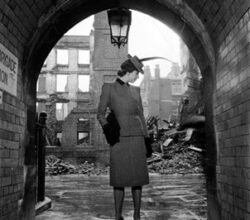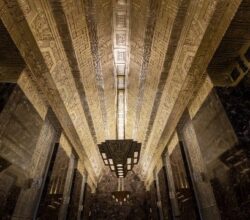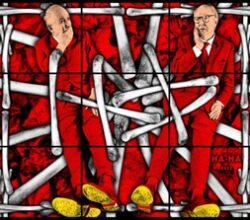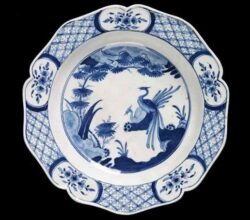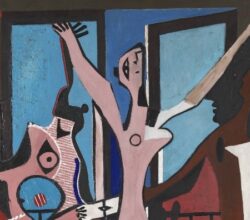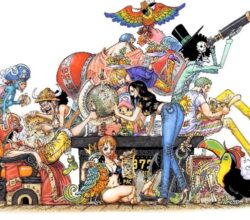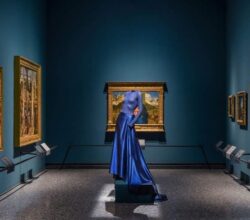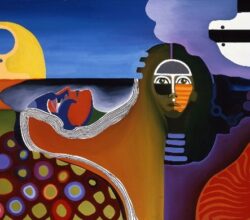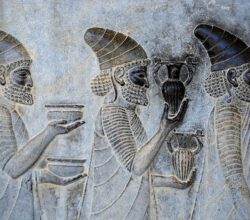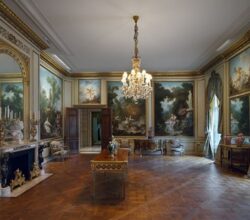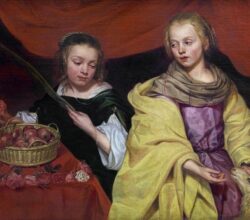
Michaelina Wautier: the female Flemish artist now seen as an old master
Philip Altermann | The Guardian | 28th September 2025
Forgotten for centuries Wautier is now being ushered into the hallowed ranks of the baroque Old Masters. Part of a well-off Flemish family she worked at about the same time as Caravaggio and Gentileschi. Remarkably, she was accomplished across portraiture, intimate genre studies, floral still-lifes and large-scale history work. Defying the norms of the day, she painted male bodies, and with great authority. Says the museum “The most exciting discovery of the past decade in art history”. A backgrounder is here.

